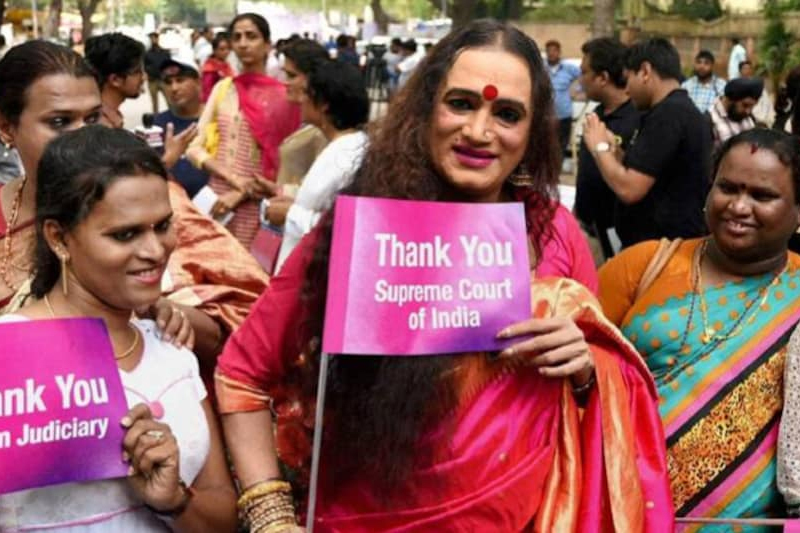Judicial milestone: Transgender rights elevated by landmark SC verdict
The NALSA vs. Union of India case, a landmark legal battle that unfolded recently before the Supreme Court of India, marked a significant milestone in the recognition and protection of transgender rights in the country. Stemming from a Public Interest Litigation (PIL) filed by the National Legal Services Authority (NALSA), the case shed light on the pervasive discrimination and marginalization faced by transgender people, often referred to as hijras, eunuchs, or third-gender individuals, in various aspects of life. From access to education and employment to healthcare and legal recognition of their gender, transgender people in India faced systemic barriers that prevented their full participation in society. Against this backdrop, the NALSA plea sought legal intervention to address these pressing issues and secure legal recognition and protection for transgender rights.
Key legal issues addressed by the Court included recognition of the third gender, the right to self-identify one’s gender, protection from discrimination, access to affirmative action, and entitlement to welfare schemes and benefits. Each of these issues reflected the complex legal and social challenges faced by transgender people in asserting their identity and securing their rights in a society plagued by deep-rooted prejudice and exclusion. On April 15, 2014, in a landmark judgment, the Supreme Court recognized transgender people as the third gender and affirmed their fundamental rights under the Constitution, paving the way for greater transgender rights and inclusion in India. The ruling was transformative and challenged prevailing attitudes regarding gender, identity, and sexuality. While significant progress has been made, continued efforts are needed to achieve full equality and inclusion for transgender individuals.



Comments
Post a Comment